German camouflage of WW 1 at Deutsches Technikmuseum
As Wingnut Wings is pumping out beautiful models for all interested in airplanes of World War 1 era, it might be of some interest to see how they actually looked like. Or at least what the colours were like. I found some photos from the Detutsches Technikmuseum in Berlin in my files. First should be underside of daylight plane, second is upperside of daylight plane, third is for use on marine planes, fourth is for night use. Number one and two are reproductions from 1990, three and four are labeled 1918.The pattern was printed, not brush painted, in standard patterns repeating itself every so often. Fifth photo is from a Halberstadt CL.IV used as a civilian airliner after the war. Tail and stabilizer are from an LVG C.VI, rudder is from an LVG B.III. If you have ANY interest in things mechanic and you hapen to be in Berlin for a day, DTM is the place to go. You could spend many days here. Just the airplane collection is fantastic, and the rest is amazing also. More information at http://www.sdtb.de/The-Museum.624.0.html
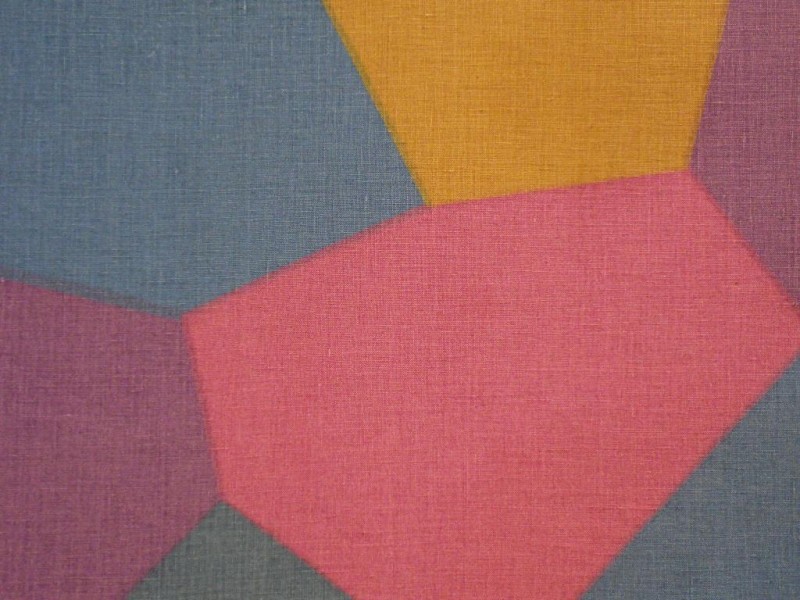
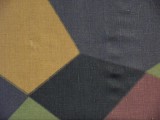
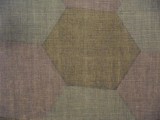
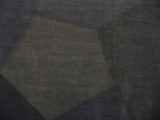
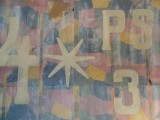
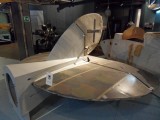
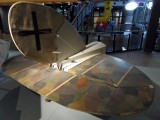
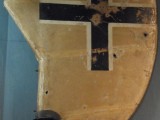
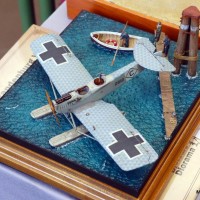
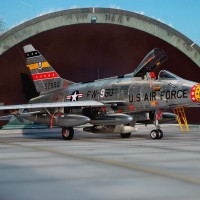

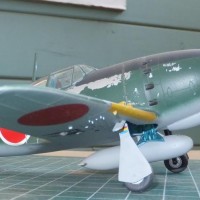
You've set out a colour debate of a perennial nature. Much research has taken place over the years re German lozenge. The Gernans themselves never referred to the scheme as lozenge, and various Musuem examples differ a little from one example to another. The Hendon Fokker bring one such example.
Glad to see a mention of the Halberstadt - my personal favourite WWI aircraft.
Lucky me I never referred to them as "lozenge" then or claiming these examples to be the single truth. If people feel like to fight over such things it´s up to them. I just get very good inspiration from museums, and hopefully the genuine articles are more reliable than people born a generation or two after the war. Even if they´re faded or discoloured. Actually, we shouldn´t be painting any of our models but wait for the ultimate answer to any of the colours used then AND now. And all modells should have notes to exact what date and light conditions they represent, so we super qualified ones, could judge if a model is correct or not. Now, I think I will post a few photos of things Olive Drab to start that debate all over again. Or I build another model and enjoy myself while doing it.
All good points, well made.?
Thanks, Rob.We have not mentioned total or partial colour blindness yet. Also a factor to consider when judging if a model is "correctly" painted or not. As I understand it, men are more prone to inherit the gene dictating colour blindness, so we would probably get a better judgment from women, statistically speaking. And women have better sense of smell and taste also, so they should do all wine tasting...but that is a different debate.
Thanks for posting Stellan.
Yes ,the DTM is a great museum. I was invited to a special tour through the museum with one of the moderators. He took us behind the scenes and he showed us a WWI airplane that had recently been given to them as a gift. Somebody had had it standing in his garage for years.
When the museum people came to collect the airplane, the owner said.
"The paintwork was so chipped and dirty so I washed it away a couple of days ago"...
Yeah, some people shouldn´t be allowed to have things to donate to museums... Photos above are from the visit you and I did a couple of years ago.
Thank you very much. Coming from Le Bourget air museum, a few days ago, i'll surely plan a visit to DTM for another good moment.
You are welcome, Christian. Haven´t been to Le Bourget for many years. DTM is truly recomended.
Stellan, thanks for posting this, chances being that I'll never get to see it in person. Good thing this was printed fabric, painting that would have been a lot of fun.
Imagine having a WW I airplane in your garage! My kind of guy! Shame he was a neat freak.
Pha, one aircraft in his garage?! I have a whole shelf full in my display case 🙂 Happy you get something out of my photos. Sometimes descriptions and discussions gets too theoretical, you need to see the real thing to really understand.